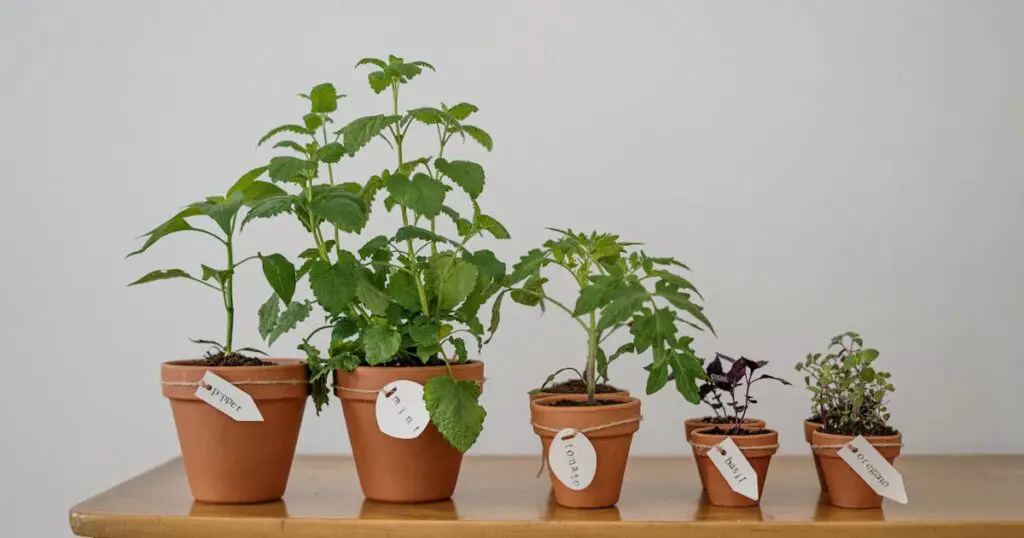With the increasing awareness of environmental issues and the impact of human consumption on our planet, sustainable fashion has become a hot topic in recent years.
But what does it really mean for the fashion industry to be “sustainable”? And is it truly living up to its promise? In this article, we will dive into the world of sustainable fashion and explore its current state, future potential, and importance in our society.

How ‘Sustainable’ is the Fashion Industry Now?
The fashion industry has long been criticized for its unsustainable practices. From raw material sourcing to production processes and waste management, the impact of the fashion industry on the environment is undeniable. According to a report by the Ellen MacArthur Foundation, the global fashion industry produces 2.1 billion tonnes of greenhouse gases annually, accounting for about 4% of the world’s total carbon emissions.
On top of that, the fast-paced nature of the fashion industry has resulted in overproduction and excessive consumption, leading to massive amounts of textile waste. The rise of “fast fashion” – cheap and trendy clothing produced at a rapid pace – has only worsened this issue, with consumers buying and discarding clothes at an unprecedented rate.
However, there are signs of progress in the industry. Many fashion brands have started using sustainable materials such as organic cotton, recycled polyester, and lyocell. Some have also implemented more ethical and eco-friendly production processes, such as reducing water usage and implementing fair labor practices. But is this enough to make the fashion industry truly sustainable? The answer is not straightforward and requires a deeper look into the industry’s future potential.
How is the Fashion Industry Becoming More Sustainable?
As mentioned earlier, many fashion brands have taken steps towards sustainability in recent years. In addition to using sustainable materials and production processes, some have also implemented initiatives such as clothing recycling programs and upcycling collections. Sustainable fashion is not just limited to materials and production methods; it also involves the entire lifecycle of a garment.

Another significant development in the industry is the rise of circular fashion – a concept that aims to eliminate waste and keep resources in use for as long as possible. This involves designing clothes with recyclability in mind, using durable materials, and implementing take-back programs for old clothing. Some brands have also started offering rental and second-hand options, allowing consumers to reduce their environmental footprint and still enjoy fashionable clothing.
Moreover, the fashion industry has also seen an increase in transparency and traceability efforts. Many companies are now disclosing information about their supply chains, allowing consumers to make more informed decisions about purchasing from ethical and sustainable brands. This has also led to increased pressure for brands to improve their sustainability efforts, as consumers are becoming more conscious of the social and environmental impact of their purchases.
What is the Future of Sustainable Fashion?
As the fashion industry continues to evolve, sustainable fashion is expected to become more mainstream in the coming years. The rising consumer demand for ethical and environmentally friendly products is a driving force for brands to embrace sustainability and create change in the industry. Furthermore, advancements in technology and innovation are also expected to play a significant role in making sustainable fashion more accessible and affordable.
One potential future trend is the use of biodegradable fabrics, such as mycelium leather and spider silk, which have a lower environmental impact than traditional materials. Another possibility is the incorporation of sustainable practices in the supply chain, such as using renewable energy and implementing closed-loop systems for water and waste management.
Additionally, the rise of digital fashion presents an opportunity for the industry to reduce its environmental impact. Virtual fashion shows and online shopping can significantly decrease the resources needed for physical events and transportation. This also opens up possibilities for brands to experiment with more sustainable materials without the limitations of physical production.
Why is Sustainable Fashion Important?
Sustainable fashion is essential for many reasons. It not only helps reduce the negative impact of the fashion industry on the environment but also has positive social and economic implications. By using sustainable materials and production methods, brands can reduce their carbon footprint and contribute to fighting climate change.
Moreover, sustainable fashion also promotes ethical practices and fair labor conditions, ensuring that workers in the industry are treated fairly and paid a living wage. This is especially crucial in developing countries where most of the fashion industry’s production takes place.

Furthermore, sustainable fashion also encourages responsible consumption habits. By choosing to support sustainable brands, consumers can send a message to the industry that they value ethical and environmentally friendly practices over fast-paced and wasteful ones. This can ultimately lead to a shift in the industry’s narrative and promote more sustainable practices as standard.
FAQs
In this section, we will be delving into some of the most common inquiries and curiosities that surround our topic.
How can I start incorporating sustainable fashion into my life?
Starting the journey towards sustainable fashion is all about making mindful choices. Begin by assessing and appreciating what you already own. When you do need something new, consider purchasing from local, ethical, and sustainable brands. Explore second-hand shops or organize clothes swaps with friends. Every small step counts towards a bigger change in our community.
Are sustainable and ethical clothing options more expensive?
While sustainable fashion can sometimes come with a higher price tag due to the fair labour practices and quality materials used, it’s also about investing in pieces that are made to last longer. Remember, it’s not just about the cost per item, but the cost per wear. Plus, shopping second-hand and supporting local artisans can be both budget-friendly and sustainable choices.
How do I know if a brand is truly sustainable and ethical?
Transparency is key! Look for brands that offer detailed information about their supply chains, production processes, and labour practices. Certifications such as Fair Trade and Global Organic Textile Standard (GOTS) can also be good indicators. Joining community forums or groups focused on sustainable fashion can provide you with insights and recommendations from like-minded individuals.
conclusion: Is Sustainable Fashion Really Sustainable?
In conclusion, while the fashion industry still has a long way to go towards achieving complete sustainability, there have been significant strides in recent years.
The future holds great potential for even more progress, and it is up to both brands and consumers to continue pushing for positive change. By working together, we can create a more sustainable fashion industry that benefits both people and the planet.



Leave a Comment
You must be logged in to post a comment.